Simon Chudley, national commercial technical manager at Tarmac explains more about the manufacturer’s pathway to net zero
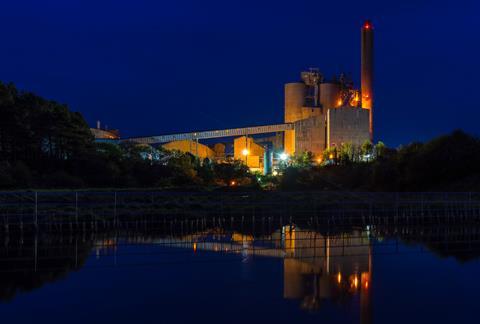
Concrete is the second most consumed material by humans on the planet, second only to water and, together with the cement used to make it, is a critical component of the built environment. The global concrete industry is set to see huge growth in demand due to drivers such as rising urbanisation and increased infrastructure spending - delivering on the sector’s net zero obligations is, therefore, critical.
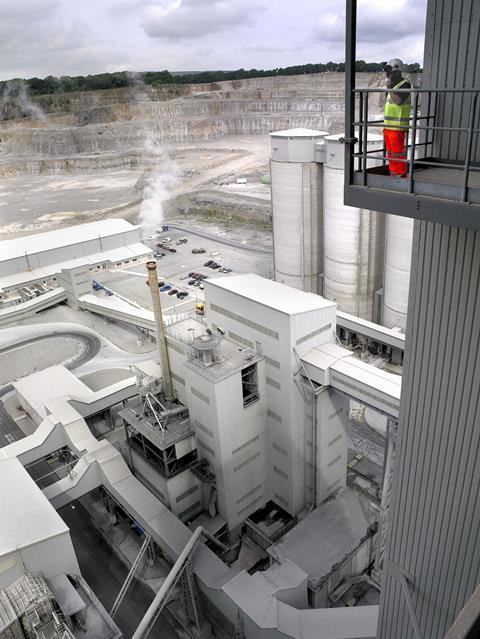
Here, Simon Chudley, national commercial technical manager at Tarmac, explains more about the manufacturer’s pathway to net zero and what steps the UK industry is taking to drive concrete production to net zero.
Global cement production has increased significantly in the past 20 years and, according to the International Energy Agency (IEA), demand is expected to increase by between 12-23% by 2050[1].
The industry, however, must face the challenge of meeting this demand alongside its net zero obligations. Indeed, with the sector currently responsible for 8% of global carbon dioxide emissions, this challenge has never been more keenly felt.
Nevertheless, there are many reasons to feel encouraged when we look at progress closer to home. The UK concrete and cement sector accounts for around 1.5% of UK carbon dioxide emissions, five times lower than the global average.
The industry has made great strides over the last few decades: according to the Mineral Products Association, the sector has already delivered a 53% reduction in carbon dioxide emissions since 1990 and has, in fact, decarbonised faster than the UK economy as a whole.

Manufacturers in the industry have invested millions of pounds in reducing carbon dioxide emissions in recent years and the ambition is very clear. There is, however, a delicate balance we must strike: investing in shorter term technology alongside the longer-term solutions needed to help us reach our 2050 goal and, ultimately, go beyond net zero.
Innovation
Innovations in low carbon cements and concretes is an important step on this journey. As a cement manufacturer, one critical challenge we face is how to reduce the carbon footprint of our manufacturing process, and ultimately the cements we provide to the market.
In order to fully understand this challenge, it’s useful to touch upon the manufacturing process itself. Concrete is a mix of aggregates, cement and water. The main ingredient of cement is cement clinker. Producing cement clinker is our main source of carbon dioxide emissions; the main ingredient of cement clinker is limestone.
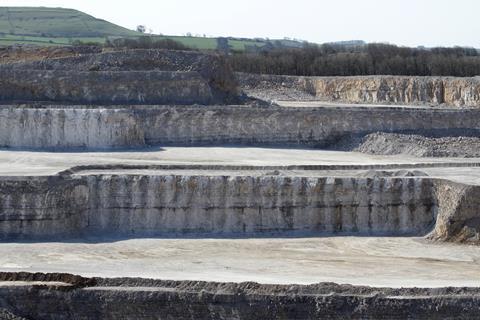
The limestone is mixed with other mineral materials and is heated in a cement kiln to approximately 1450°C. Heating the kiln accounts for approximately one third of our carbon dioxide emissions, whilst the other two thirds of these emissions come from the calcination of limestone. Therefore, using less clinker cement is evidently key to developing more sustainable concrete.
Let’s now look at cement type, or more specifically cement classification. CEM I Portland cement is the most specified in the UK, consisting of approximately 90% cement clinker, 5% gypsum, and up to 5% of minor additional constituents, which are typically limestone, these are ground together in a cement mill to produce cement.
Portland Limestone Cement (PLC), meanwhile, is a CEM II/A cement with a higher limestone content than CEM I. Embodied carbon dioxide of a PLC is around 85% of a typical CEM I[2]. PLC is reshaping how we use concrete and presents our customers with a credible, more sustainable, alternative to CEM I. While it’s been in widespread use across Europe and Ireland for decades, UK concrete standards have, up until now, not permitted concrete producers to replace CEM I with PLC directly.
However, the implementation of changes within the UK concrete standard BS 8500 from November 2023 will see a move away from the production of CEM I to that of PLC. BS 8500 will now allow concrete to be specified and produced with a higher proportion of limestone, which will ultimately lower the carbon dioxide emissions of concrete. It’s a significant move, and one that will expediate and facilitate the introduction of a new generation of low carbon cements and concretes.
Specification process
It’s worth noting that the changes also offer benefits beyond carbon reduction. Cementitious combinations, already offer greater control for the specifier and producer of concrete; adopting additional cementitious combinations will offer even greater flexibility.
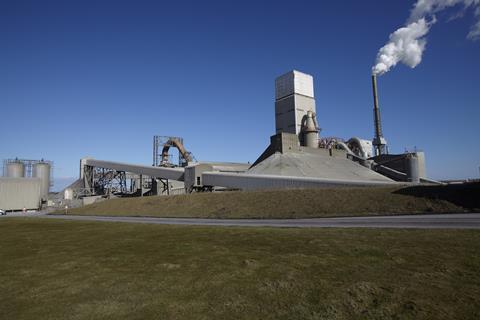
Tarmac is developing a network of PLC’s that will incorporate 12-15% limestone; we are also fortunate to benefit from the knowledge and expertise from our sister company in Ireland for the long-term future of PLC.
We’re also partnering with grinding aid companies to develop PLC’s with even higher limestone contents, without compromising the performance of them.
The shift to lower carbon cements will, according to the MPA’s Roadmap to Beyond Net Zero, offer a 12% reduction in carbon dioxide emissions by 2050. The positive news, too, is that for manufacturers the research and development in doing so is already well underway and already being deployed.
Roadmap
When we turn our attention to longer term solutions, manufacturers are working together with the MPA to explore how to use carbon capture and storage. According to MPA’s roadmap, this technology lever could account for a further 60% reduction in carbon dioxide emissions - no other technologies currently offer the same level of decarbonisation potential in the cement industry.
Here, the Peak Cluster project is an example of a sector-wide collaboration exploring how to deploy carbon capture from plants in and around the Peak District to gas wells beneath the Irish Sea for storage.
As well as carbon capture, at Tarmac we are also exploring how we can, in the future, switch our large mobile plant and kilns to use hydrogen fuel. While both hydrogen and carbon capture are very much still in the early stages of deployment, they will undoubtedly shape our longer-term net zero solutions.
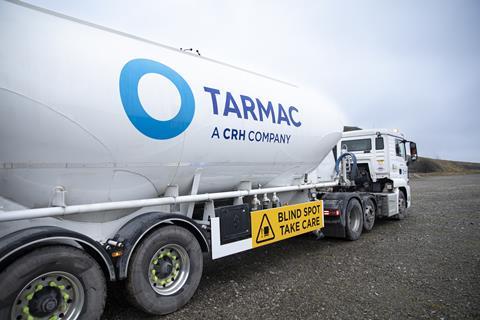
Delivering a net zero industry will also require a fully decarbonised, multi-modal transport sector, and logistics is another important area of our roadmap. We see alternative fuels such as hydrotreated vegetable oil (HVO) or other biodiesels as an essential part of the future.
Likewise, in 2022, we partnered with Renault Trucks to develop the UK’s first battery electric concrete mixer truck, marking the first practical step towards a whole fleet transition to electric mixers. Of course, like many others, we rely on the establishment of the wider infrastructure to fully support this ambition.
And back to the present day, where 100% of Tarmac’s electricity supply is now procured from renewable energy sources and our scope 2 (purchased electricity) carbon dioxide emissions are zero.

All three of our cement kilns now use a proportion of waste-derived fuels in the fuel mix, replacing fossil fuels, and our new chlorine bypass allows our kiln at Tunstead to use up to 70% waste-derived fuels. We have laid out an industry-leading commitment to achieve 30% carbon reduction by 2030 and are taking very firm steps to support the UK’s net zero targets.
Conclusion
One thing is clear: we cannot achieve our goals with ‘business as usual’. The decisions we make today will have long lasting commercial, operational and environmental impact. And, of course, the earlier we take action the bigger our impact will be.
There is no doubt that the scale of the net zero challenge is huge. But our industry has already proven the huge progress that can be made. I’m confident that this will continue to be the case.


























